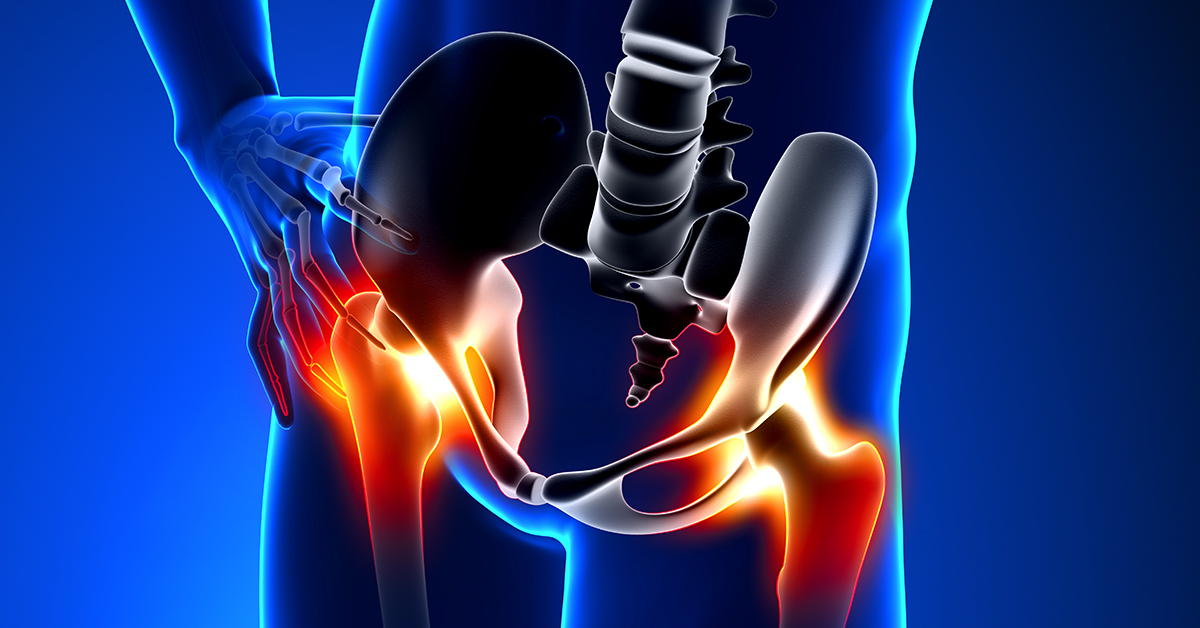Find yourself with a hip labral tear? Arthroscopic surgery should fix you right up … no need for a total hip replacement!

What is a Hip Labral Tear?
The labrum of the hip refers to a small ring of cartilage that lines the hip joint and protects it during different movements. A tear in the labrum of the hip can result due to abnormalities in the structure of the hip joint, constant repetitive movement that stretches the labrum abnormally and from injury to the tissues during sports or from an accident.
What Are the Symptoms?
Typically a patient who has suffered from a hip labral tear will have pain in the area of the hip joint. They often experience what they described as a 'locking' sensation within the joint associated with a reduction in the range of movement and some degree of stiffness as well. These symptoms can persist for a fair bit of time and, in cases where they do not get any better, medical help must be sought.
Diagnosis
Diagnosis of hip labral tears can be made through clinical examination, but further investigation is often warranted. A simple X-ray of the hip will demonstrate damage to the hip joint, but probably the best test is an MRI scan of the hip. This will demonstrate any damage to the cartilage tissue and will help identify the areas where treatment will need to be offered.
Treatment
Hip labral tears can be best treated through arthroscopic surgery. This minimally invasive approach involves obtaining consent from the patient and cleaning the area over the shape that has been affected. The procedure is often performed under general anesthesia. A small incision is made over the skin and special instruments and then passed through to the hip joint, allowing direct visualization of the labrum and other structures. Any damaged labral tissue is shaved off or repaired, allowing for smooth movement of the hip joint.
Performing this form of minimally invasive surgery helps slow down the deterioration of the hip joint and allows for a greater range of movement. The introduction is remarkable, and patients can avoid undergoing a total hip replacement due to this.
The risks of undergoing minimally invasive surgery are very few. Patients may develop a degree of bleeding and bruising from the site of surgery, but this usually settles down in a few days. Besides this, there are no significant problems as such, but infection is recognized as one such problem which can be treated with the help of antibiotics.
Conclusion
Hip labral surgery is a well-recognized orthopedic condition that can cause locking of the hip joint and reduced range of movement. Minimally invasive surgery is an excellent treatment option that allows for complete recovery and restoration of normal quality of life.


